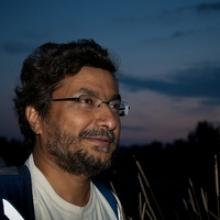
Nature, truth & reconcilliation
“Can we expand Mandela’s vision of reconciliation to our own planet, to offer ourselves a shot at redemption from Nature, just as he offered his oppressors?”
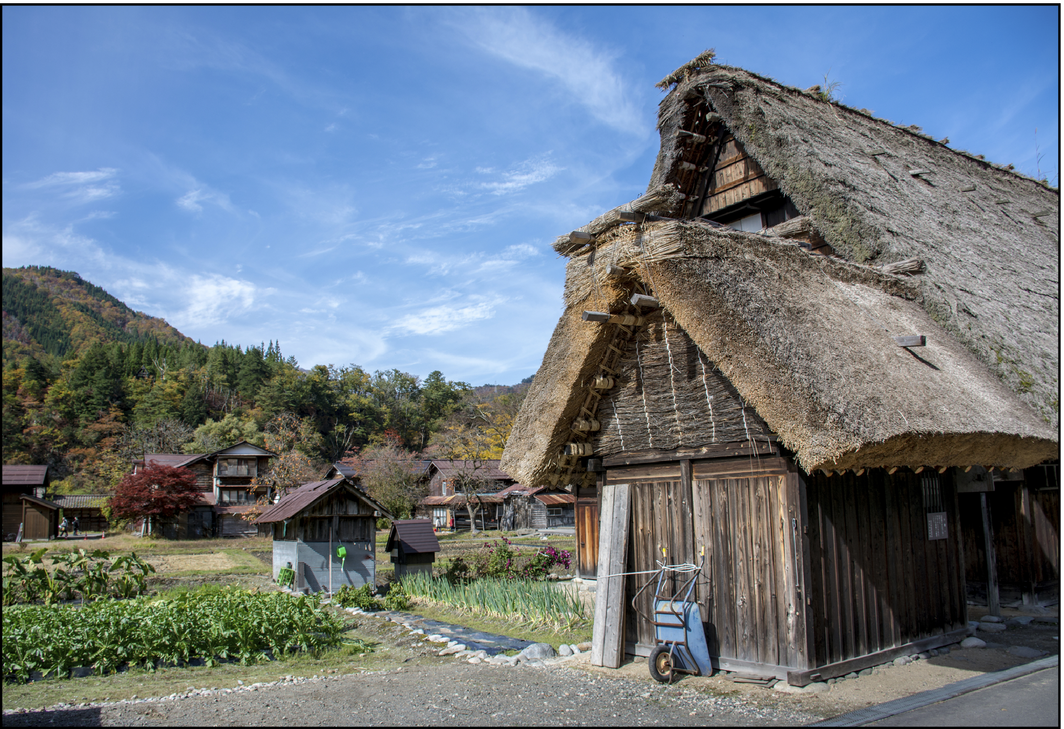
By Elena Bennett, associate professor at the McGill School of Environment and Department of Natural Resource Sciences in Ste-Anne-de-Bellevue, Canada. Bennett and colleagues’ Concepts and Questions article “Bright Spots: Seeds of a Good Anthropocene” appeared in the October 2016 issue of ESA Frontiers. We are constantly being bombarded with negative visions of the future, which may inhibit our ability…
Read More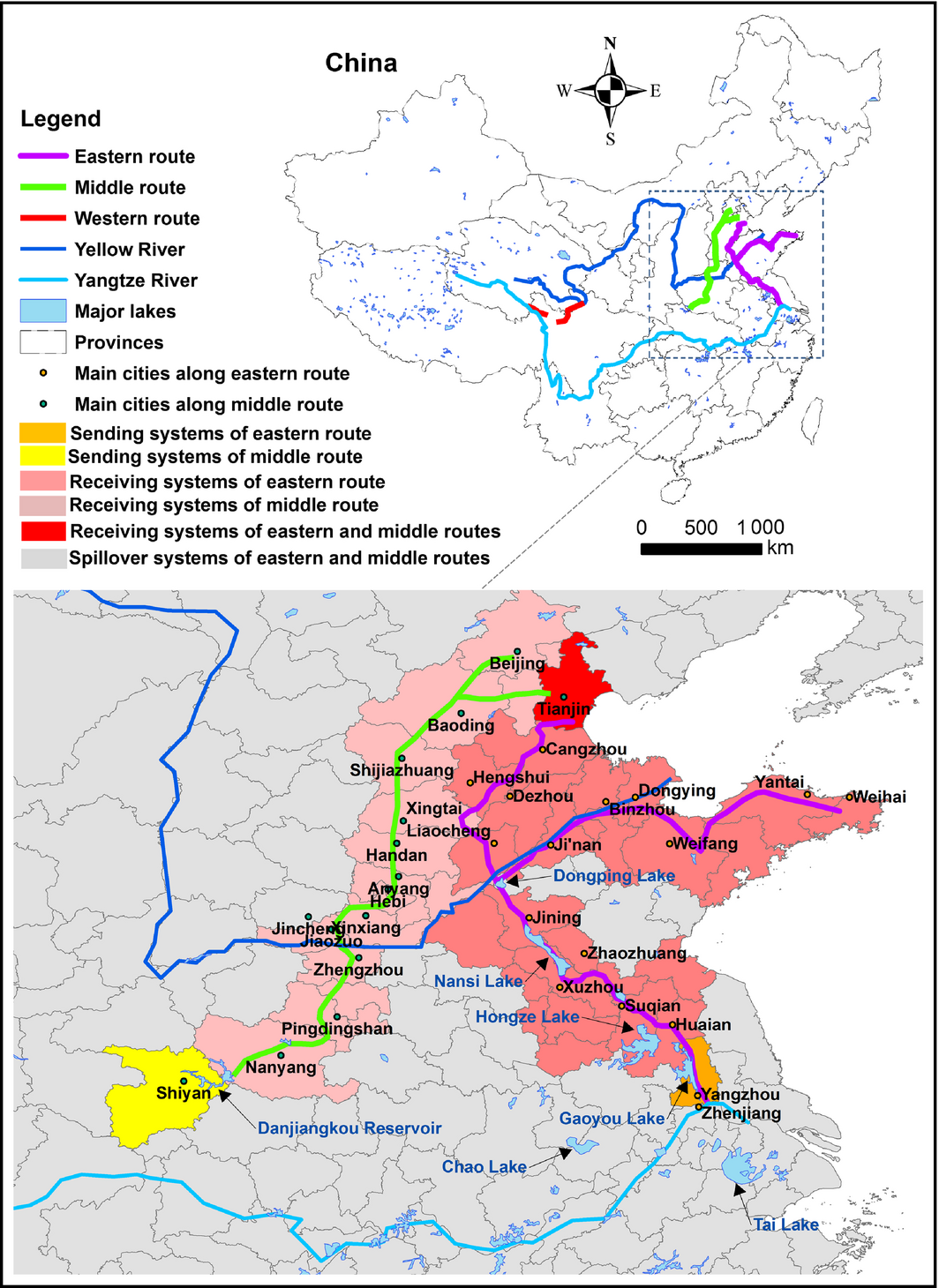
The power of modern technology has made it possible to transport the benefits of ecosystems for human societies (ecosystem services) far from the source. In the February 2016 issue of Frontiers in Ecology and the Environment, Jianguo Liu and colleagues examine the consequences in a very dramatic example, China’s enormous South-North Water Transfer Project, designed conduct water from the Yangtze…
Read More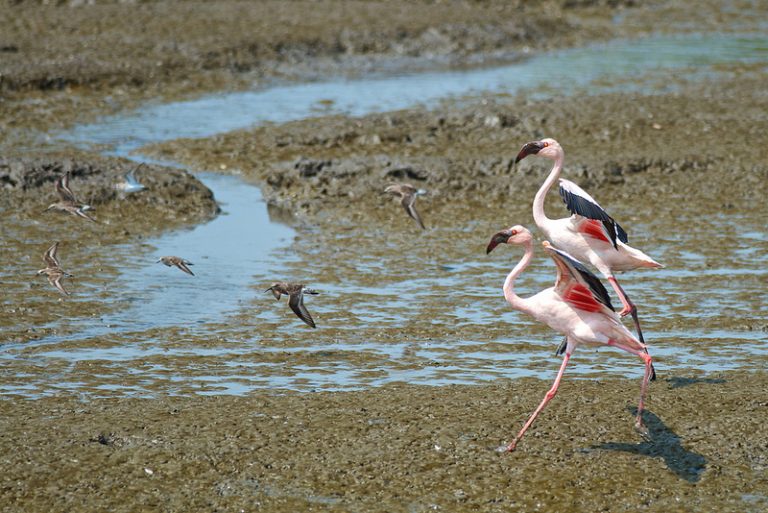
Madhusudan Katti won this year’s ESA Science Café Prize with his lyric contemplation of the wildlife living alongside us in urban spaces, and the necessary participation of cities in the future of biodiversity on planet earth. Katti is a professor at California State University Fresno and records occasional radio essays for Valley Public Radio. He tweets prolifically as @leafwarbler and…
Read More
“Can we expand Mandela’s vision of reconciliation to our own planet, to offer ourselves a shot at redemption from Nature, just as he offered his oppressors?”
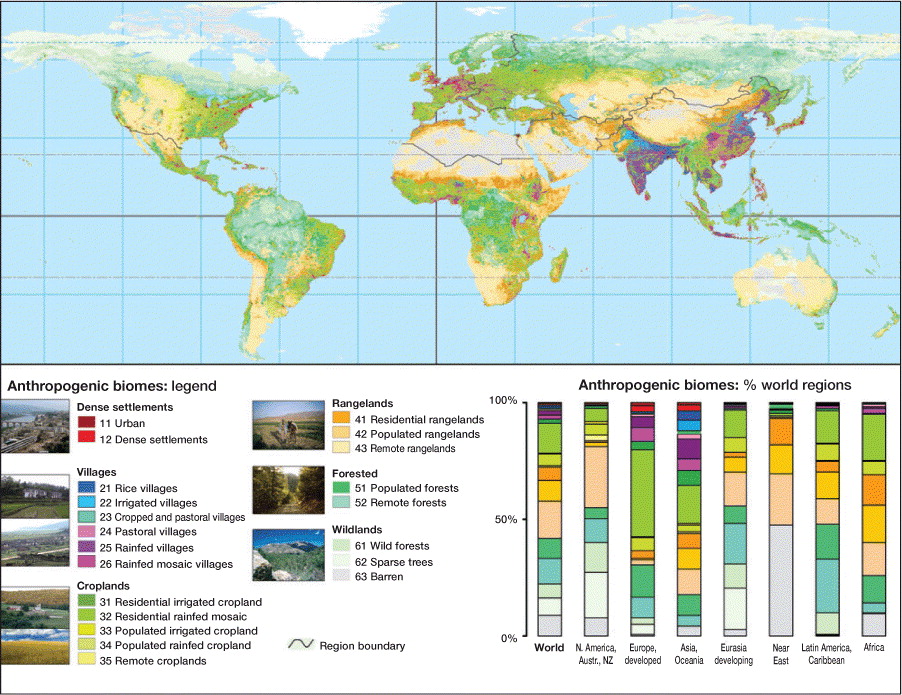
The UM-Baltimore County ecologist talks about geographical context in field research and why he thinks the value of nature is more than the sum of it’s services. by Liza Lester, ESA communications officer Listen to the podcast on the Field Talk page, or download it from iTunes. Ellis collaborated with Laura Martin and Bernd Blossey of Cornell University on the Frontiers…
Ahu Tongariki, the largest platform on the island, features fifteen restored Moais. The Moai in the foreground was likely damaged in transit and never erected. Credit: Brian Wee. This post contributed by Brian Wee, chief of external affairs for NEON, Inc. The July 2012 edition of National Geographic features Easter Island – known also as Isla de Pascua in Spanish…
This post contributed by Celia Smith, ESA Education Programs Coordinator A high standard was set by the first symposium of the Ecological Society of America’s (ESA) weeklong 2012 Emerging Issues Conference, which kicked off Monday at the U.S. Fish and Wildlife Service’s National Conservation Training Center (NCTC) in Shepherdstown, WV. The first of four sessions, Symposium I: “Protected Areas: Fostering…
An octopus that mimics toxic sea creatures, the tobacco plant sends out an SOS when attacked, the genetic differences between ant social castes, unusually high records of jellyfish swarms this summer and Simon Levin discusses the evolution of ecology and where it is headed next. Here are stories in ecology wrapping up the month of August.